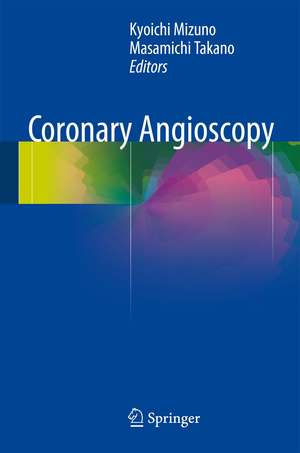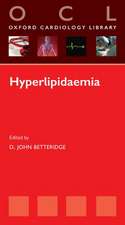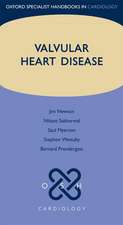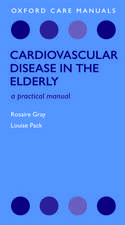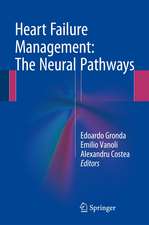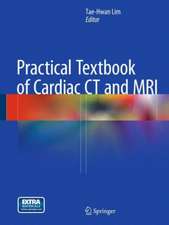Coronary Angioscopy
Editat de Kyoichi Mizuno, Masamichi Takanoen Limba Engleză Hardback – 15 iul 2015
Preț: 909.01 lei
Preț vechi: 956.84 lei
-5% Nou
Puncte Express: 1364
Preț estimativ în valută:
173.99€ • 189.06$ • 146.25£
173.99€ • 189.06$ • 146.25£
Carte tipărită la comandă
Livrare economică 21 aprilie-05 mai
Preluare comenzi: 021 569.72.76
Specificații
ISBN-13: 9784431555452
ISBN-10: 4431555455
Pagini: 300
Ilustrații: X, 231 p. 137 illus., 128 illus. in color.
Dimensiuni: 155 x 235 x 17 mm
Greutate: 0.52 kg
Ediția:1st ed. 2015
Editura: Springer
Colecția Springer
Locul publicării:Tokyo, Japan
ISBN-10: 4431555455
Pagini: 300
Ilustrații: X, 231 p. 137 illus., 128 illus. in color.
Dimensiuni: 155 x 235 x 17 mm
Greutate: 0.52 kg
Ediția:1st ed. 2015
Editura: Springer
Colecția Springer
Locul publicării:Tokyo, Japan
Public țintă
Professional/practitionerCuprins
Preface.- PartⅠ Coronary angioscopy overview.- Chapter 1: Structure and principle of angioscope.- Chapter 2: Role of multiple Imaging modalities to disclose the mechanism of ACS :angioscopy in comparison to other imaging modalities including OCT, IVUS and CTA.- Chapter 3: Dye-staining coronary angioscopy and cardioscopy.- PartⅡ Procedure of coronary angioscpy.- Chapter 4: Angioscopy catheter equipped with a balloon for blood flow attenuation.- Chapter 5: System and procedure of non-occlusion type of angioscopy.- Chapter 6: Classification of plaque and thrombus.- Chapter 7: Vulnerable plaque.- Chapter 8: Plaque erosion.- Chapter 9: Angioscopy and coronary endothelial function.- Chapter 10: Acute coronary syndrome vs. stable angina pectoris: angioscopic point of view.- Chapter 11: Angioscopy of saphenous vein graft.- Chapter 12:Other vessels.- Chapter 13: Quantification of angioscopy.- PartⅢ Angioscopic findings after stent- and drug-based therapies.- Chapter 14: Bare metal stent.- Chapter 15: Coronary angioscopic insights into several drug-eluting stents of different platforms.- Chapter 16: Peri-stent contrast staining.- Chapter 17: Neoatherosclerosis.- Chapter 18: Angioscopic evaluation of In-Stent Restenosis.- Chapter 19: Pharmacological intervention.
Recenzii
“This is a comprehensive guide to modern coronarydiagnostics and interventional coronary care. It focuses on angioscopy, arelatively new tool that allows nonoperative imaging of coronary structuresthrough the use of fiber optic systems. … It is a useful guide forinterventional cardiologists in a technical practice that will have anexpanding role in research and clinic practice.” (John C. Gulotta, Doody’s Book Reviews, October, 2015)
Notă biografică
Dr. Kyoichi Mizuno is the executive director of the Mitsukoshi Health and Welfare Foundation, and is the president of Japanese association of Cardioangioscopy. Dr. Masamichi Takano is the associate professor in Division of Medicine, Nippon Medical School.
Caracteristici
Provides the best instruction in coronary angioscopy, from the observation of coronary arteries to diagnosis and therapy Includes a wealth of color photos and illustrations of case studies Applies angioscopic techniques to prognoses after stenting and pharmacological therapy Benefits general cardiologists, interventionists, radiologists, and specialists in angioscopy
